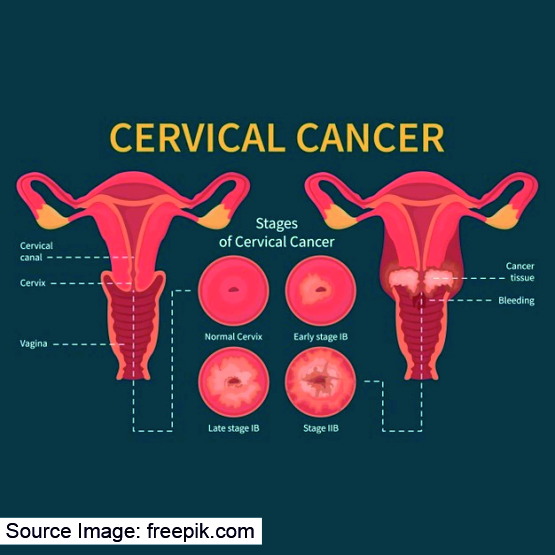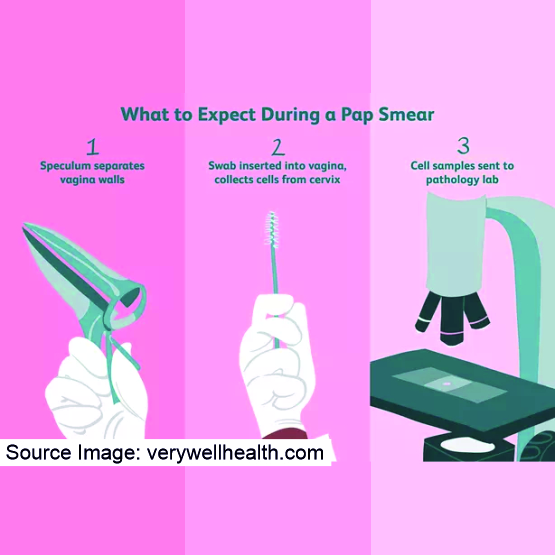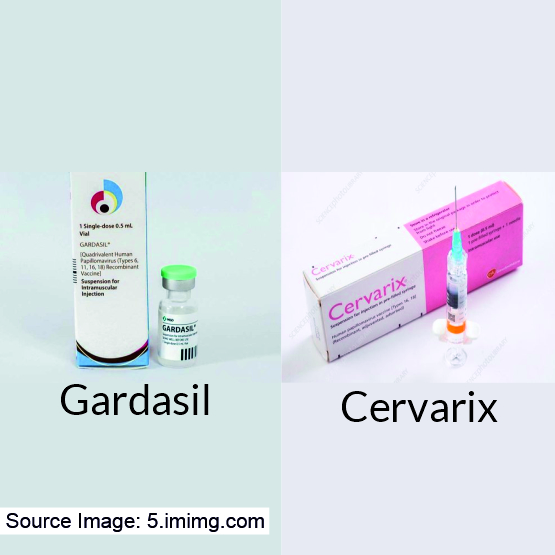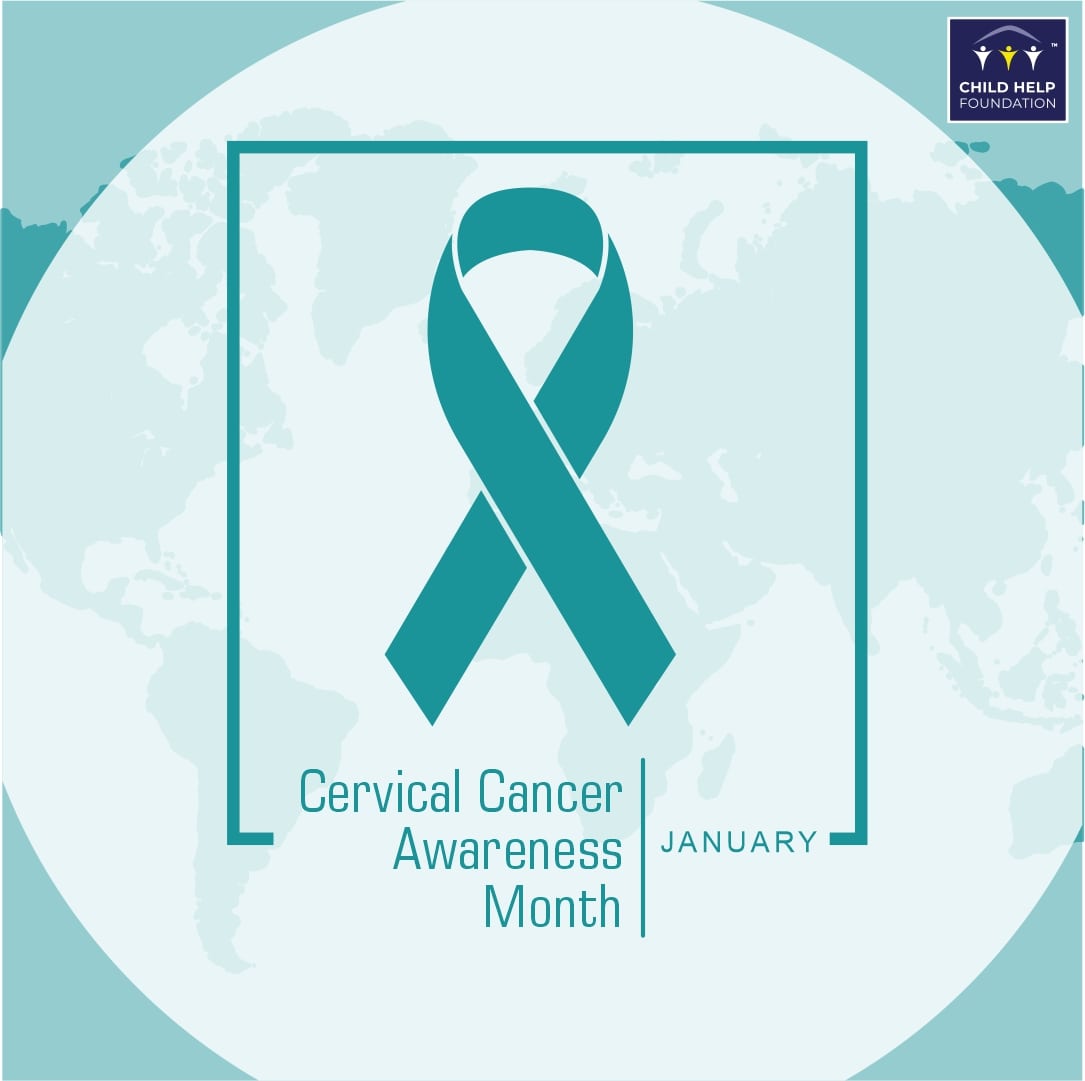What is Cervical Cancer?

The Cervix is located at the end of the vagina and acts as the opening point into the uterus where sperm can travel to reach eggs and potentially lead to fertilization. Cervical Cancer begins in the cells that line the cervix. The cervix connects the top section of the uterus (where a fetus develops) to the vaginal canal (birth canal). When cells in the body begin to grow out of control, cancer develops.
The cervix is made of two parts and has two different types of cells.
- The endocervix is the opening of the cervix that leads into the uterus. It is covered with glandular cells.
- The exocervix is the outer part of the cervix that can be seen by the doctor during a speculum exam. It is covered in squamous cells.
The place where these two cell types meet in the cervix is called the transformation zone. Most cervical cancers begin in the cells in the transformation zone.
In 2020, an estimated 6,04,000 women were diagnosed with cervical cancer worldwide and about 3,42,000 women died from the disease. According to World Health Organisation (WHO), the main cause of cervical cancer is constant infection with high-risk types of human papillomavirus (HPV), an extremely common family of viruses that are transmitted through sexual contact.
Symptoms
Early-stage cervical cancer generally produces no signs or symptoms.Signs and symptoms of more-advanced cervical cancer include:
- Vaginal bleeding after intercourse, between periods or after menopause
- Watery, bloody vaginal discharge that may be heavy and have a foul odour
- Pelvic pain or pain during intercourse
High incidence rates and high mortality rates of cervical cancer occur mainly (~90% for both) in low and middle-income countries.
In India, about 483.5 million women, ages 15 years and older, are at risk of developing cervical cancer. Currently, it is estimated that every year 1,23,907 women are diagnosed with cervical cancer and 77,348 die from the disease. Cervical cancer ranks as the second most frequent cancer among women in India and the second most frequent cancer among women between 15 and 44 years of age.
Causes
Cervical cancer can be easily transmitted from skin-to-skin contact during sexual intercourse. Thus, it is essential to use protection as a helpful preventive measure but, it is still not clear whether it fully protects women from acquiring the HPV. Some other reasons are due to the lack of hygiene in the women. Further direct factors leading to cervical cancer are long-term use of hormonal contraceptives, high parity, tobacco and co-infection with HPV.PAP Test

It's an outpatient operation in which a metal or plastic tool is placed into the vagina to enlarge it and visualize the uterus' mouth (cervix).
A sample of cervix cells is collected for microscopic inspection. Every three years, all women between the ages of 21 and 65 should get a PAP test done. If a woman is screened with HPV DNA along with a pap smear after 25 years (preferred over pap test alone), the screening interval can be increased to 5 years.
Cervical Cancer can be Prevented.
Yes, you read it right! Despite being the second most common cause of cancer death in reproductive-aged women globally, cervical cancer can be prevented by taking the right measures.There are more than 150 types of HPV strains of which the two potent ones, HPV-16 and HPV-18, cause cervical cancer. The HPV is more virulent than HIV because they are made of only proteins and DNA and do not have an envelope, thereby it becomes a little difficult to get destroyed easily. Therefore, it can be eliminated through vaccination only.

The ideal age for young girls to get vaccinated is from 9 to 14 years before the onset of sexual activity. Two doses should be given 6 months apart. After 15-45 years, three doses are recommended.
To know more about Cervical Cancer and its vaccines, contact your gynecologist. Remember, prevention is always better than cure. Share this blog further among your friends and family to spread awareness about this deadly disease!
